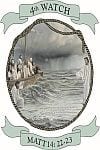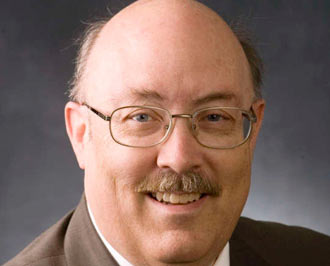[Cross posted from Ploni Almoni: Mr. So-and-So’s Mormon Blog.]
The Church has released a new article addressing criticisms of the Book of Mormon based on DNA evidence (link here).
Here are a few of my thoughts.
1. For anyone who has been following this issue, there is nothing really new or groundbreaking with this article. It is, rather, a basic summarization of the work of John Sorenson, Ugo Perego, Michael Whiting, Matthew Roper, John Butler, and other scholars who have written on this subject.
2. The article explicitly acknowledges the existence of non-Book of Mormon populations in the Americas.
The evidence assembled to date suggests that the majority of Native Americans carry largely Asian DNA. Scientists theorize that in an era that predated Book of Mormon accounts, a relatively small group of people migrated from northeast Asia to the Americas by way of a land bridge that connected Siberia to Alaska. These people, scientists say, spread rapidly to fill North and South America and were likely the primary ancestors of modern American Indians. (Internal citations removed)
The article also acknowledges the possibility of the presence of “others” besides the peoples described in the Book of Mormon.
The Book of Mormon itself . . . does not claim that the peoples it describes were either the predominant or the exclusive inhabitants of the lands they occupied. In fact, cultural and demographic clues in its text hint at the presence of other groups. . . . Joseph Smith appears to have been open to the idea of migrations other than those described in the Book of Mormon, and many Latter-day Saint leaders and scholars over the past century have found the Book of Mormon account to be fully consistent with the presence of other established populations. (Internal citations removed)
This, incidentally, converges with one of the changes that the Church made to the introduction of the 2013 edition of the Book of Mormon. Whereas the introduction use to identify the Lamanites as the “principle ancestors” of modern Native Americans, it now reads that the Lamanites are “among the ancestors of the American Indians.”
Given this recent trend, it seems evident that the Church is very much open to the possibility of a so-called “Limited Geography” for the setting of the Book of Mormon, although one must be careful not to assume the Church takes any official position on any single proposed geography.
3. The article approvingly cites the work of scholars and apologists associated with what was formerly known as the Foundation for Ancient Research and Mormon Studies (FARMS). This includes a volume edited by Daniel C. Peterson, former editor of the FARMS Review (now the Mormon Studies Review) and a prominent Mormon apologist. This should be clear indication that, contrary to the recently claims of some, the Church has not backed away from what is sometimes derisively called “classic FARMS” apologetics. To the contrary, the Church has appealed to “classic FARMS” scholarship in its own apologetic for the Book of Mormon.
4. The article urges caution in attempting to use DNA evidence to bolster the historical authenticity of the Book of Mormon. “Much as critics and defenders of the Book of Mormon would like to use DNA studies to support their views, the evidence is simply inconclusive” (emphasis added). Misguided attempts by Latter-day Saints to use DNA to “prove” that the Book of Mormon is true should be very carefully reconsidered.
Finally, it can be reasonably inferred from this article that the Church is not backing away from Book of Mormon historicity. In fact, just the opposite appears to be the case. The Church is attempting, with this article, to demonstrate the plausibility of the historicity of the Book of Mormon in the face of criticism. I would therefore recommend this article to anyone who thinks that the Church is bowing to its critics or otherwise loosening its stance on the Book of Mormon’s historicity.
I would also recommend this article to anyone who is troubled by any arguments that attempt to use DNA evidence to disprove the Book of Mormon. One can also find more resources on issues relating to DNA and the Book of Mormon by accessing the FairMormon Answers website (link here).




